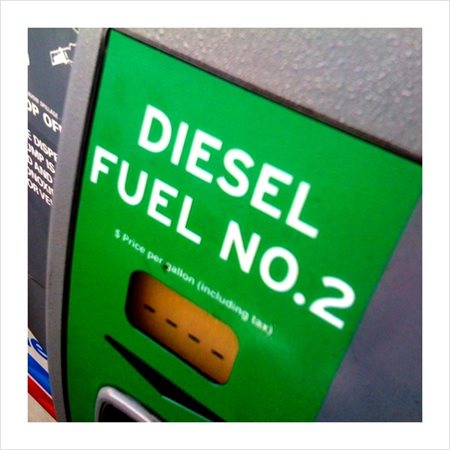Fuel economy testing is expensive. Most manufacturers will conduct their own fuel economy tests for sales. But, manufacturers will probably not test the exact same routes and loads you run. It’s actually not very hard to do your own fuel economy testing. It just requires some logistics and work.
Think back to your high school biology class. Do you remember the scientific method? The scientific method is a simple six-step process that involves making an observation, asking a question, making a hypothesis, conducting an experiment, drawing your conclusions, and finally reporting your results. By structuring your DIY fuel economy test utilizing these six steps, you’ll be able evaluate the effectiveness of a fuel-saving device easily.

How to Conduct Your Own Fuel Economy Test
- Determine Sample Size
Your testing sample size is important. For fleets doing in-service testing, you’ll want a large sample size of about 25 trucks if possible. The more the better. A large sample size can help mitigate variables like tires so your results will be consistent and reliable.
- Determine Timeframe
Weather and seasons will impact your test results. During the winter months trucks score better on aero tests because of the density of the cold air than during the summer months. Many manufacturers test their trucks in December and January and again in the summer to compare results. A full-year test is recommended. You can combine your winter and summer results for a fairly accurate full-year result. If you can’t feasibly do a long-term test, make sure you test at the same time every year to ensure your data doesn’t have climatic variations.
Also Read: Controlling the Factors that Affect Fuel Economy
- Establish a Control Group
Every good experiment has a test and a control group. A control is designed to minimize the effects of variables in an experiment and increases the reliability of the results. Some smaller fleets might not have enough trucks to have a control group, but if you have a large fleet, establishing a control group is important. Having a control group allows you to compare a new product against the control group. Control groups ideally should run regular routes on a year-round schedule with already gathered data.
- Truck and Test Prep
Test routes should be a route that the fleet runs regularly. Routes should have minimum potential for disruptions like traffic or construction and payloads should be similar. To eliminate as many variables as possible, the air-ride suspension heights and tractor-trailer gaps of each truck should be set the same. One of the biggest variables in testing is tires. There can be upwards of a three percent difference between a new tire and one that is about ready to come off the truck. With a large sample size it is fine to leave a mix of new and used tires on the trucks rather than switch all the tires out for new ones.
- Measuring the Speed
Another major variable in fuel economy testing is speed. It is important that speed be consistent throughout the test between all the trucks. Aero devices are affected by vehicle speed. Speedometers are often off by a few mph due to changing tire circumference and other mechanical inputs that affect vehicle speed. Instead of relying on your trucks’ speedometers, use a good GPS unit for better accuracy.
- Crunching and Reporting Data
Once the tests are done it’s time to crunch the numbers and report out the results to the fleet. Remember that the larger the sample size, the more accurate your results will be. A large sample size will help smooth out some of the small variables like congestion and idling. If your results are looking a little odd, they may contain errors that can skew your results. Either increase your sample size if possible or compare a larger number of runs throughout the year for statistical similarity.
Fuel economy testing can help you determine how aerodynamic and fuel-efficient your fleet is. Fuel is expensive and can easily eat into your profits if you’re not careful. By organizing and conducting your own fuel economy test, you might find ways to save money.
Image Source - https://www.flickr.com/photos/respres/